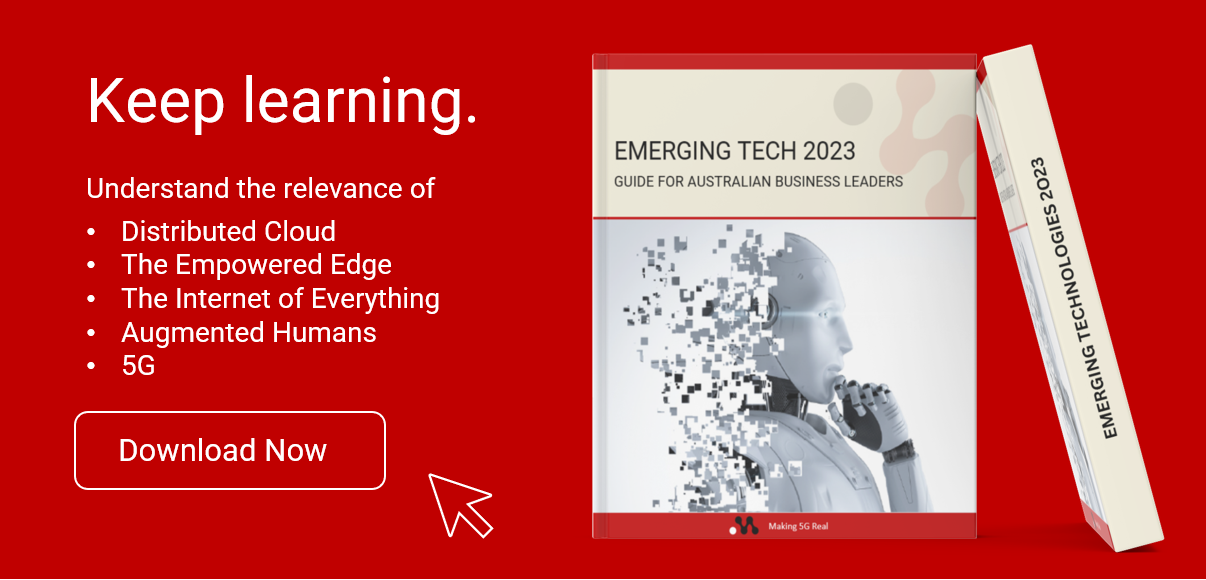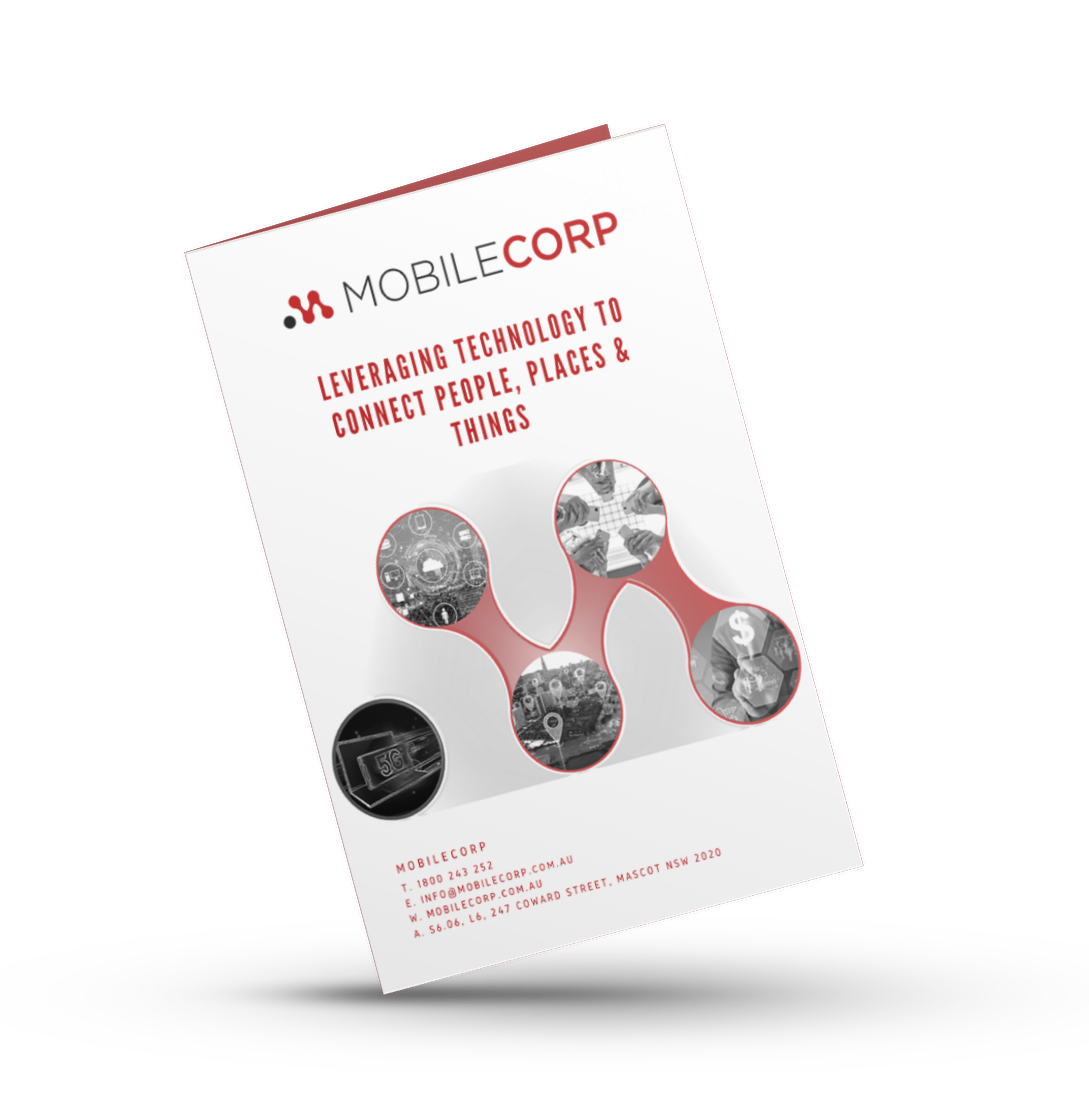Okay we all understand by now that 'The Cloud' is not a cloud, it's actually a data centre. And Edge computing is pretty obviously data processing at the edge of the network aka the endpoint. But does anyone have the foggiest (sorry terrible pun) about Fog Computing.
What is Fog Computing?
Fog computing is a name that has been given to the infrastructure and processing that can occur between the Cloud and the Edge.
Fog computing decentralises the computing infrastructure by extending the cloud through the placement of nodes strategically between the cloud and edge devices.
This puts data, compute, storage, and applications nearer to the user or IoT device where the data needs processing, thus creating a fog outside the centralised cloud and reducing the data transfer times necessary to process data.
The term Fog computing originated with Cisco, who, in 2014, were looking for a label they could apply to their IOT infrastructure solutions that process edge data. A Fog node will decide what data needs to be pushed to the cloud, and what can be analysed locally.
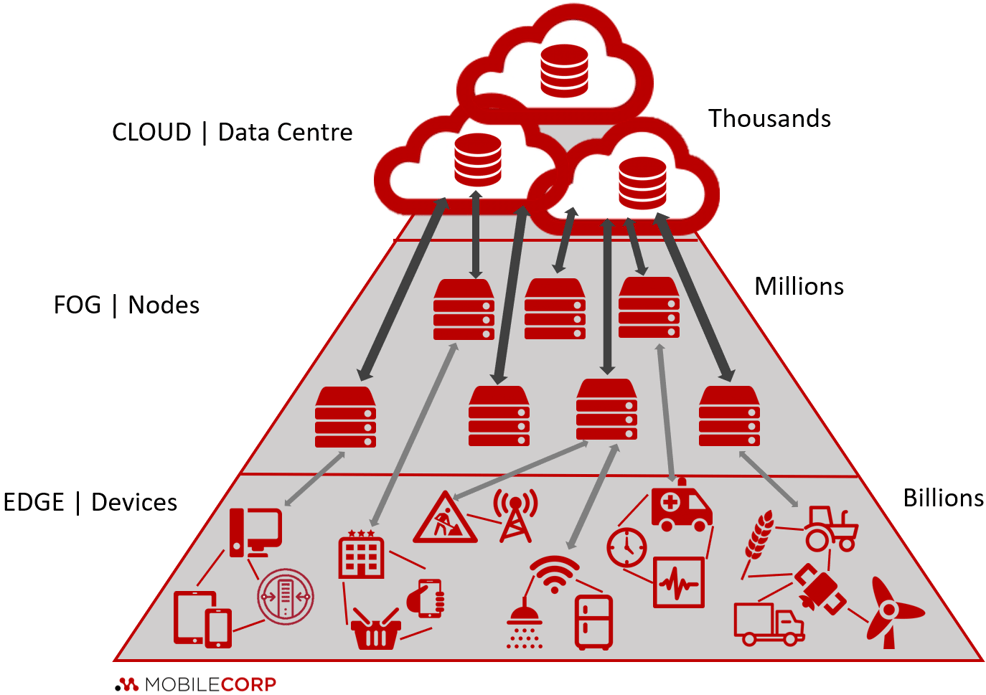
What does Fog Computing do?
Fundamentally, the development of fog computing frameworks gives organisations more choices for processing data wherever it is most appropriate to do so.
For some applications, data may need to be processed as quickly as possible – for example, in a manufacturing use case where connected machines need to be able to respond to an incident as soon as possible.
Fog computing can create low-latency network connections between devices and analytics endpoints. This architecture in turn reduces the amount of bandwidth needed, compared to if that data had to be sent all the way back to a data centre or cloud for processing.
It can also be used in scenarios where there is no bandwidth connection to send data, so it must be processed close to where it is created.
As an added benefit, users can place security features in a fog network, from segmented network traffic to virtual firewalls to protect it.

The problem(s) with Cloud and IOT, and why we need Fog
The Internet of Things is driving business transformation by connecting everyday objects and devices to one another and to cloud-hosted services.
Current deployment models emphasise mandatory cloud connectivity, which is not feasible in many real world situations.
At the same time, these connected devices are creating data at an exponentially growing rate, which will drive performance and network congestion challenges at the edge of infrastructure.
In many situations, there are performance, security, bandwidth, reliability, and many other concerns that make cloud-based IOT solutions impractical.
Current architectural approaches cannot sustain the projected data velocity and volume requirements of the IoT.
The power of the IoT requires a solution that can:
- Connect new kinds of things to your network. Some of them might be in harsh environments. Others might communicate using industrial protocols, not IP.
- Secure the things that produce data. And secure the data as it travels from the network edge to the cloud. This requires a combination of physical security and cybersecurity.
- Handle an unprecedented volume, variety, and velocity of data. Billions of previously unconnected devices are generating more than two exabytes of data each day. Sending all of it to the cloud for analysis and storage is not practical. Plus, in the time it takes to send data to the cloud for analysis, the opportunity to act on it might be gone.
To sustain IoT momentum, a new architecture is needed to address infrastructure and connectivity challenges to bring information processing and intelligence close to or at the edge where the data is being produced or used.
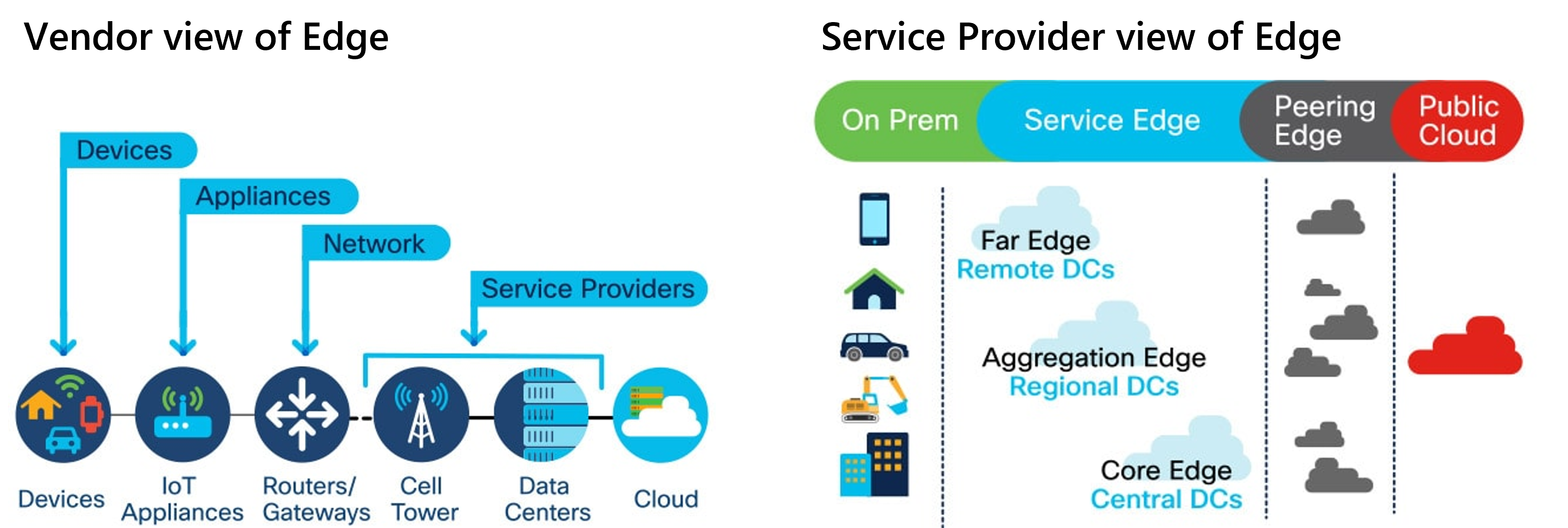
Credit: Cisco
Fog Computing and 5G
5G is an enabling technology. The true power of 5G is that it is arriving at the same time as other technologies are maturing. These include software-defined networking, the internet of things, cloud computing, machine learning, artificial intelligence and edge computing.
It’s the unique convergence of technologies that makes 5G far more revolutionary than any earlier shift in mobile technology.
Edge computing devices—especially IoT devices –depend on network access to the cloud to receive machine learning and complex event processing models. Likewise, these devices need network access to send sensor and status data back to the cloud.
Support these devices requires more bandwidth, support for more devices on the network, and greater security to protect and manage the data.
One of the challenges with the existing 4G LTE network standards is connection density.
A 4G radio system can support up to only 2,000 active devices in a square kilometer. The 5G standards are designed to support up to 100,000 active devices in the same amount of space and work continues to bring this support closer to 1 million devices.
| 4G LTE | 5G | |
| Average Data Rate | 25 Mbps | 100 Mbps |
| Peak Data Rate | 150 Mbps | 10,000 Mbps |
| Latency | 50 ms | 1 ms |
| Connection Density | 2,000 km2 | 100,000 km2 |
Fog computing enabled by 5G's speed and low latency will deliver the next generation of IOT services.
Does MobileCorp offer a Fog Computing Solution?
MobileCorp is a 5G Enterprise Mobility MSP. We have expertise in Data Networks and Cloud, offering network audits, network design, network upgrades and deployment. We are cloud agnostic and can provide independent advice and assist with migration to public cloud, and with hybrid cloud networks.
For IOT and Fog Computing we offer a range of professional services including solution architecture, project management, and deployment; and can also provide an ongoing managed services.
MobileCorp IOT managed services
As a Telstra Platinum Partner, MobileCorp is closely aligned with the shift to 5G and is the ideal partner to engage for a range of solutions which have been designed for specific industry verticals to be delivered over the Telstra IoT network.
MobileCorp IoT managed services include:
- Cisco Jasper M2M - connectivity deployment and managed service
- Telstra Track and Monitor - asset inventory tracking
- MOVUS FitMachine® - predictive maintenance solution for pumps and machinery
- MTData - telematics and fleet management
- Teletrac Navman - GPS tracking solution
- Fleet Complete - GPS fleet tracking solution for small fleets
- Mobileye®- advanced collision avoidance technology
- Telstra Digital Water Metering
- Telstra Captis - environment water monitoring and cost
- Telstra IoT Control Centre - one-stop IoT platform for device management
- Telstra Wireless M2M Control Centre - visibility and management of Jasper SIM connectivity
MobileCorp partners with Cradlepoint, Cisco and Telstra for IOT solutions
MobileCorp has experience with the deployment of Cradlepoint, Cisco Jasper and Cisco Meraki IOT solution suites.
Cradlepoint IOT
As a Cradlepoint Premium Partner, MobileCorp is the leading Australian MSP for Cradlepoint IOT solutions.
Cradlepoint’s enterprise-grade IoT routers feature embedded 4G LTE or 5G modems and deliver highly available Wireless WAN for devices and applications.
The devices feature built-in, policy-based security that scales to any size of distributed IoT network, and also Software-Defined Perimeter technology for easily spinning up secure, micro-segmented device-to-cloud overlay networks.
MobileCorp can design, rapidly deploy and/or scale a Cradlepoint IoT network.
We provide ongoing management of the network through Cradlepoint's single-pane-of-glass NetCloud Manager, which simplifies the monitoring and management of hundreds or even thousands of deployed routers.
One example of Cradlepoint IOT in action is the Living Walls case study below:

Cisco Jasper Machine-to-Machine
Cisco Jasper is sold through Telstra as Telstra Wireless M2M Control Centre. As a Telstra Platinum Partner, MobileCorp has deep knowledge and technical expertise in delivering this solution suite. In the past we have managed the deployment of Jasper SIMs for TNT is a fleet of 300 handheld scanning devices. Hero Story: TNT automates connectivity of IoT barcode scanners

Cisco Meraki Location Analytics
MobileCorp utilises the Cisco Meraki product suite for location data solutions and smart camera solutions.
Location analytics utilising smart cameras is not just about counting numbers and timings. Use a location-based analytics solution to understand:
- foot traffic mapping
- measure dwell time
- count new vs. repeat visitor loyalty
- compare different sites or store layouts
- monitor the impact of promotions
- record where people are congregating
- learn which displays are attracting the most attention
- count how many people came into the office during a specific timeframe
- better understand drive-through traffic or how many parking spaces are being used
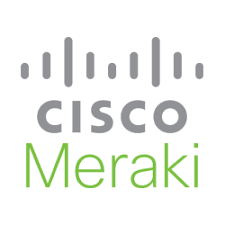
About MobileCorp
MobileCorp is a Sydney-based communications technology company. We support enterprise and business by providing managed endpoints and ICT services including IOT solutions, managed mobility, and managed connectivity solutions.
Mobile Network Michelle Lewis 13 Jul 2021
Related Posts
Popular Tags
- Mobile Devices (81)
- Mobility (81)
- Telstra (66)
- 5G (64)
- MobileCorp Managed Services (55)
- Mobile Network (36)
- Networks (34)
- Cradlepoint (32)
- Apple (29)
- MobileCorp (29)
- iPhone (25)
- Remote Working (23)
- Network (17)
- Covid-19 (16)
- Mobile Security (15)
- Wireless WAN (15)
- Cyber Security (14)
- UEM (14)
- MDM (11)
- Mobile Expense Management (10)
- Mobile Device Management (9)
- TEMs (9)
- Mobile Device Lifecycle (8)
- Cloud (7)
- Unified Comms (7)
- Unified Communications (7)
- Wandera (7)
- Android (6)
- Sustainability (6)
- Data Networks (5)
- Network Security (5)
- Samsung (5)
- Security (5)
- Digital Experience (4)
- IOT (4)
- Microsoft Intune (4)
- Blog (3)
- IT Services (3)
- Microsoft (3)
- Data (2)
- Government (2)
- Microsoft 365 & Teams (2)
- Retail (2)
- nbn (2)
- webinar (2)
- 4G (1)
- DAS (1)
- EMM (1)
- Emerging Technologies (1)
- Hosted Telephony (1)
- Managed Desktops (1)
- SD-WAN (1)
- Starlink (1)
- Telstra Services (1)
- WWAN (1)
- video (1)


